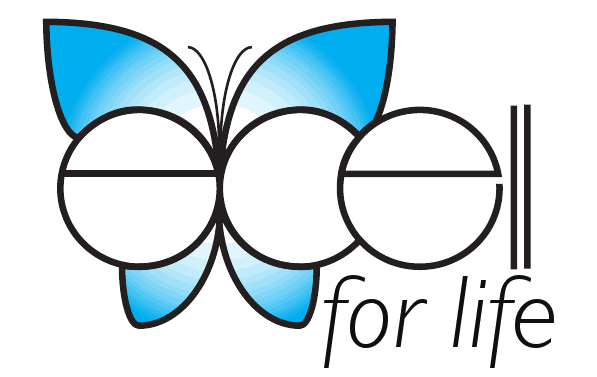Screening and Treatment of Alcohol Abuse
Alcohol abuse and dependence are associated with 100,000 deaths each year in the US (traffic deaths, cirrhosis of the liver, cancer, heart disease, and more), cause 30 – 40 percent of all traffic fatalities, and affect approximately 10 percent of Americans at some point in their lives.
Unhealthy alcohol use affects 7 to 20 percent of Americans, and risky drinking affects up to 30 percent (and binge drinking affects over 40 percent of teens and college students).
Early drinkers are FOUR times more likely to develop alcoholism than those who begin alcohol intake at age 21.
Binge Drinking = 5 or more drinks at one sitting for men, 4 or more for women
At Risk Drinking (or Heavy Drinking) = greater than 14 drinks per week or 4 drinks per occasion for men, and greater than 7 drinks per week or 3 drinks per occasion for women
Alcohol Dependence = maladaptive (problematic) pattern of alcohol use associated with 3 or more of the following:
Tolerance
Withdrawal
Substance taken in larger quantity than intended
Persistent desire to cut down or control use
Time is spent obtaining, using, or recovering from alcohol
Social, occupational, or recreational tasks are sacrificed
-Use continues despite physical and psychological problems
Standard drink = 12 oz of regular beer, 5 oz of wine, 1.5 oz of 80-proof distilled spirit
Moderate Drinking = LESS than 3 drinks per day for men, and LESS than 2 drinks per day for women
We work to screen all patients for alcohol misuse (current and past). Alcohol abuse and dependence run in families, and 1st degree relatives have a 3 to 4 fold increased risk of alcohol abuse than the general population.
Depression and mental disorders are much more frequent in people who misuse alcohol, and it is estimated that alcoholism accounts for 25 percent of suicides. As many as 80 percent of people with alcohol problems smoke, and 30 percent of smokers have alcohol problems.
Red flags for the possibility of alcohol abuse and dependence are driving while intoxicated, job loss, physical trauma, frequent emergency room visits, unexpected accidents, and frequent family problems.
Screening Questionnaires – These are better than laboratory tests for detecting heavy or problem drinking in groups of people (on routine physical labs, elevated liver enzymes can be a clue to heavy/problematic drinking). One of the best, easiest, and most common questionnaires is the CAGE Questionnaire.
CAGE Questionnaire
Have you ever felt the need to Cut down on drinking?
Have you ever felt Annoyed by criticism of your drinking?
Have you ever had Guilty feelings about your drinking?
Do you ever take a morning Eye opener (a drink 1st thing in the morning to steady your nerves or get rid of a hangover)?
Treatment
The goal of treatment for alcohol misuse, abuse and dependence can be broadly seen as restoration of medical and social well-being by control of the alcohol problem. One group has defined recovery as “a voluntarily maintained lifestyle characterized by sobriety, personal health, and citizenship”.
Treatments include:
Motivational enhancement therapy (motivational counseling)
Brief intervention (ask about alcohol use, Assess, Advise, Assist)
Cognitive behavioral therapy
Hospitalization and referral
Alcoholics Anonymous (abstinence is encouraged “one day at a time”, and the Twelve Step Program uses the acknowledgment that alcohol has led to loss of control that recovery is a spiritual journey through belief in a higher power, and through personal exploration and acceptance), and medicine therapy (naltrexone, acamprosate, nalmefene, disulfiram=antabuse, topiramate, and others), and nutrition and exercise.
